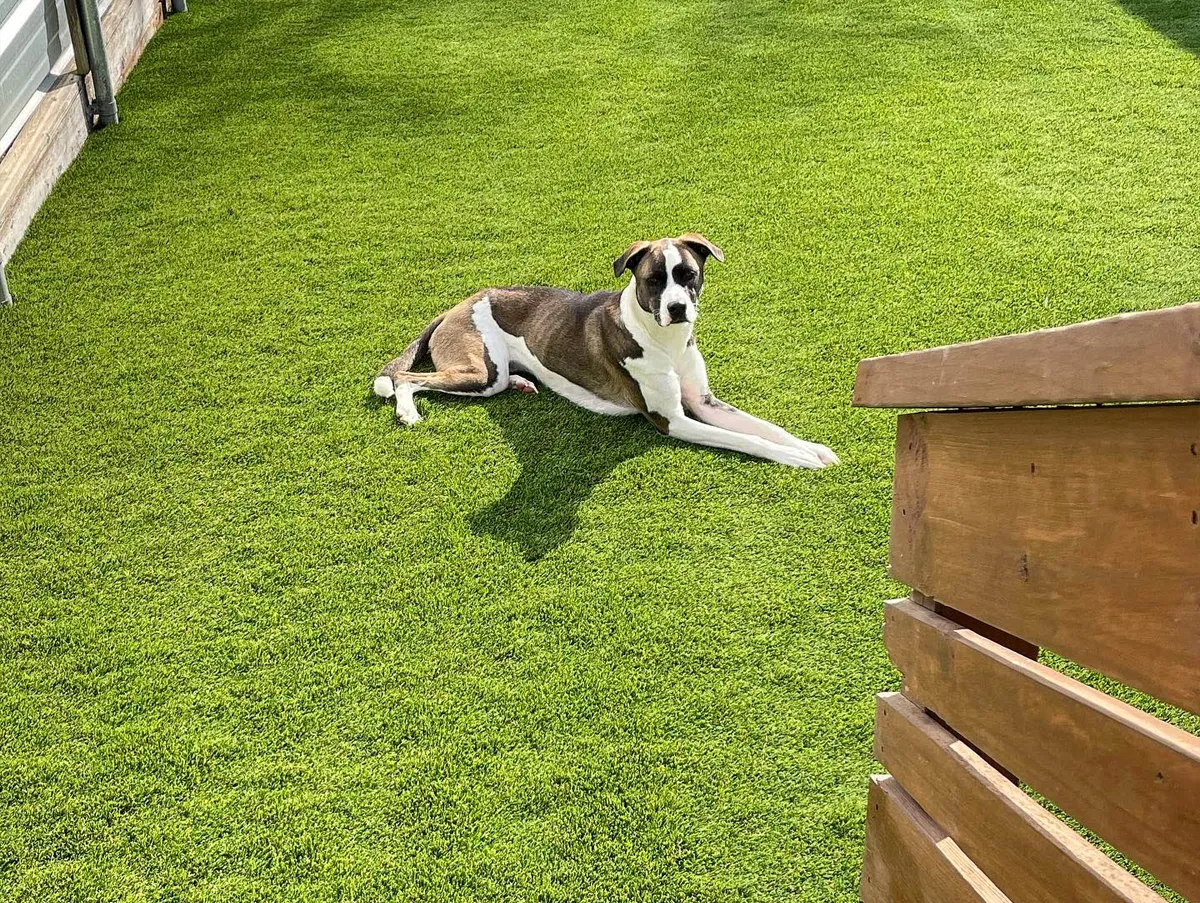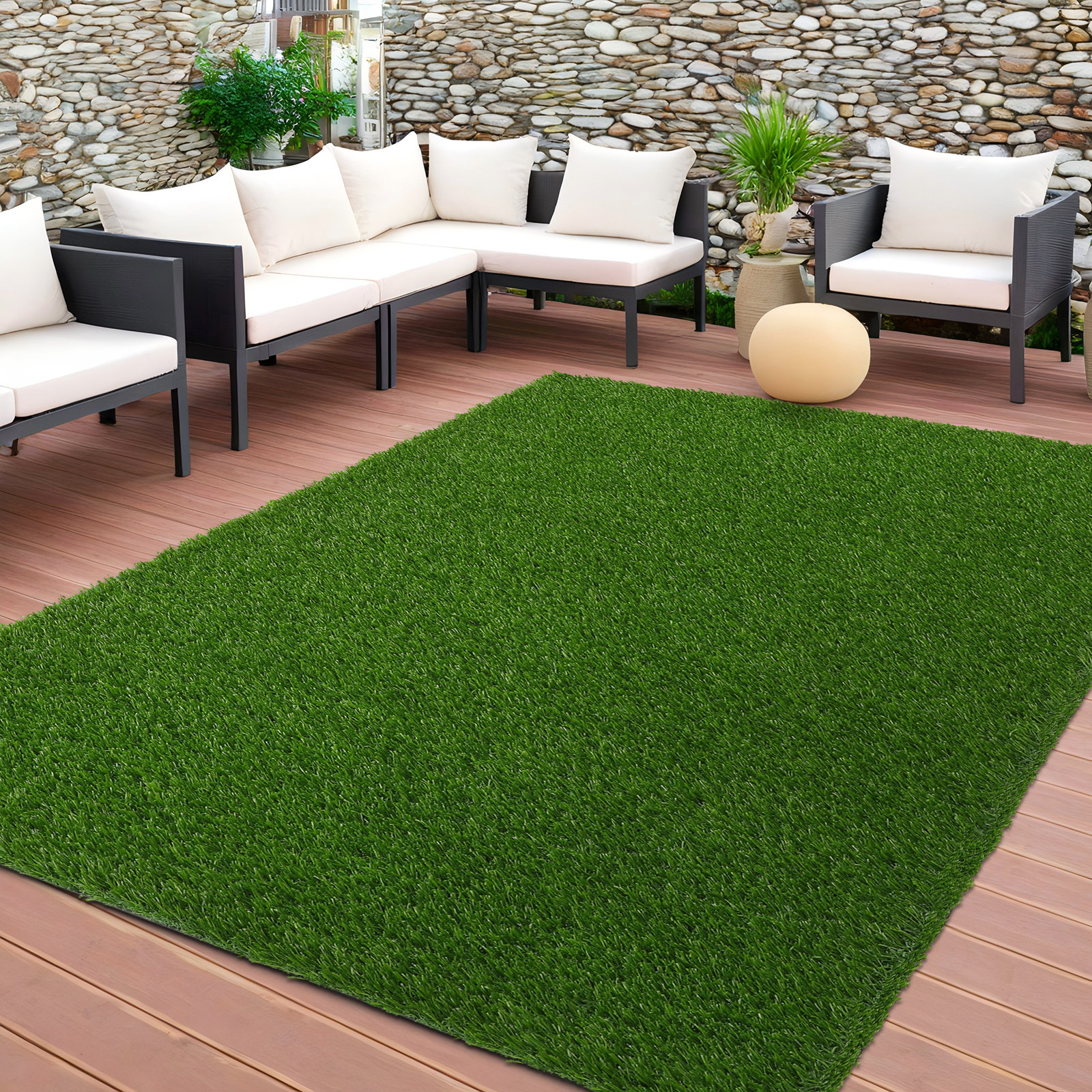Look Into the Environmental Conveniences of Opting for Synthetic Grass Solutions
The adoption of synthetic grass options offers an engaging opportunity to address pressing environmental difficulties. By dramatically reducing water usage and minimizing the application of harmful chemicals, these alternatives not only promote sustainable landscape design but additionally protect local environments.
Water Preservation Benefits
Among one of the most significant advantages of synthetic grass is its ability to conserve water. Traditional grass yards call for significant watering, particularly in locations prone to drought or water limitations. On the other hand, artificial lawn does not require watering, dramatically lowering the general demand for water sources. This attribute is especially helpful in deserts where water scarcity is a pressing problem.
By getting rid of the need for routine watering, artificial grass contributes to sustainable landscape techniques and helps minimize the environmental effect of excessive water usage. Furthermore, the conservation of water expands to the reduction of drainage, which can cause dirt erosion and waterway air pollution.
Furthermore, the installation of synthetic lawn permits homeowners and municipalities to allot water sources more successfully, concentrating on necessary uses such as alcohol consumption water and agriculture. The shift towards artificial turf not only advertises responsible water usage yet likewise straightens with broader ecological objectives targeted at protecting natural deposits.
As areas increasingly prioritize sustainability, the water conservation benefits of artificial lawn provide an engaging situation for its adoption in property and industrial landscaping projects.
Decreased Chemical Use
The change to synthetic grass substantially reduces the reliance on chemical treatments commonly used in all-natural yard upkeep. Standard turf management usually includes the application of plant foods, pesticides, and herbicides to promote growth and control parasites. These chemicals can posture dangers to human health, local wild animals, and the setting, adding to soil and water contamination.
On the other hand, synthetic grass eliminates the requirement for these hazardous compounds. When mounted, it needs minimal maintenance, mainly being composed of routine cleaning and occasional infill replenishment. This reduction in chemical use not only profits the instant setting however also adds to broader ecological stability. By minimizing the launch of synthetic substances right into the ecosystem, man-made turf advertises healthier soil and water supply.
Additionally, the absence of chemical overflow connected with synthetic grass installments aids shield regional waterways from air pollution, supporting marine life and preserving biodiversity. Phoenix turf companies. As neighborhoods increasingly prioritize sustainable techniques, selecting synthetic grass offers a feasible remedy that aligns with environmental preservation objectives. Through this change, homeowner can delight in rich eco-friendly rooms without endangering eco-friendly wellness, leading the way for an extra lasting future
Reduced Carbon Impact

Additionally, the installment of synthetic lawn can lead to significant water preservation. All-natural lawns require considerable amounts of water for irrigation, which not only adds to the carbon footprint connected with water extraction and treatment however likewise stress regional water resources. In contrast, synthetic grass requires marginal upkeep, needing no watering, consequently dramatically lowering water use and its linked power expenses.
Additionally, the long life of synthetic grass adds to its reduced carbon impact. With a life-span of approximately 15 years or even more, the requirement for frequent replacements is lessened, causing less waste and lower power intake in manufacturing and throwing away standard turf alternatives. Overall, fabricated lawn provides a sustainable alternative for ecologically mindful landscaping.
Environment Conservation
Environment preservation is a critical factor to consider in the dispute over landscape design options, especially when contrasting fabricated grass to natural yard. All-natural lawn lawns frequently call for extensive upkeep, including the usage of herbicides, plant foods, and pesticides, which can adversely impact regional communities. These chemicals can seep into the dirt and waterways, hurting indigenous plants and animals and disrupting neighborhood habitats.
In comparison, artificial grass offers an opportunity to lower the ecological footprint of landscape design. By going with artificial turf, property owners can decrease the disruption of natural environments connected with conventional grass treatment practices. Man-made lawn eliminates the requirement for unsafe chemicals, consequently shielding nearby wildlife and preserving the honesty of bordering ecosystems. Furthermore, the installment of synthetic grass can lead to the conversion of former turf locations right into even more biodiverse landscapes, such as pollinator yards or indigenous plant locations, which can sustain local wildlife.
Eventually, the shift to synthetic grass not only conserves water and reduces maintenance efforts yet additionally cultivates an extra harmonious partnership between human activities and the natural surroundings, advertising habitat preservation in the procedure.
Long-Term Sustainability
Lasting sustainability is a crucial consider evaluating the benefits of fabricated grass over conventional grass yards. One of the most substantial advantages of synthetic grass is its resilience; it can last as much as 15-20 years with minimal upkeep, whereas natural turf needs regular reseeding and replacement. This durability minimizes the requirement for constant resources, such as water, fertilizers, and pesticides, which are vital for preserving a healthy grass yard.
Furthermore, synthetic turf adds to a reduction in carbon exhausts connected with find out this here lawn treatment tools. Standard yards typically require gas-powered lawn mowers, leaners, and blowers, every one of which add to air pollution. Turf installation phoenix you could try here az. On the other hand, synthetic grass eliminates the requirement for such equipment, advertising a cleaner environment
Additionally, the production of synthetic grass significantly utilizes recycled materials, boosting its sustainability profile. As manufacturers embrace green methods, the ecological footprint of synthetic lawn continues to diminish.

Final Thought
The adoption of synthetic grass services presents substantial ecological advantages, consisting of significant water conservation, decreased reliance on damaging chemicals, and a reduced carbon footprint. In addition, artificial turf aids in preserving all-natural environments by minimizing land disruption and promoting long-term sustainability via making use of durable products. Collectively, these elements highlight the potential of artificial lawn to contribute positively to ecological wellness and offer a feasible alternative to conventional landscape design practices in a progressively resource-conscious globe.
In comparison, synthetic grass does not require watering, substantially reducing the general need for water sources. By lessening the launch of synthetic substances right into the community, man-made lawn advertises healthier soil and water systems.
Moreover, the installation of synthetic grass can result in significant water conservation. In contrast, man-made grass requires marginal upkeep, needing no watering, thereby substantially reducing water usage and its associated power prices.
